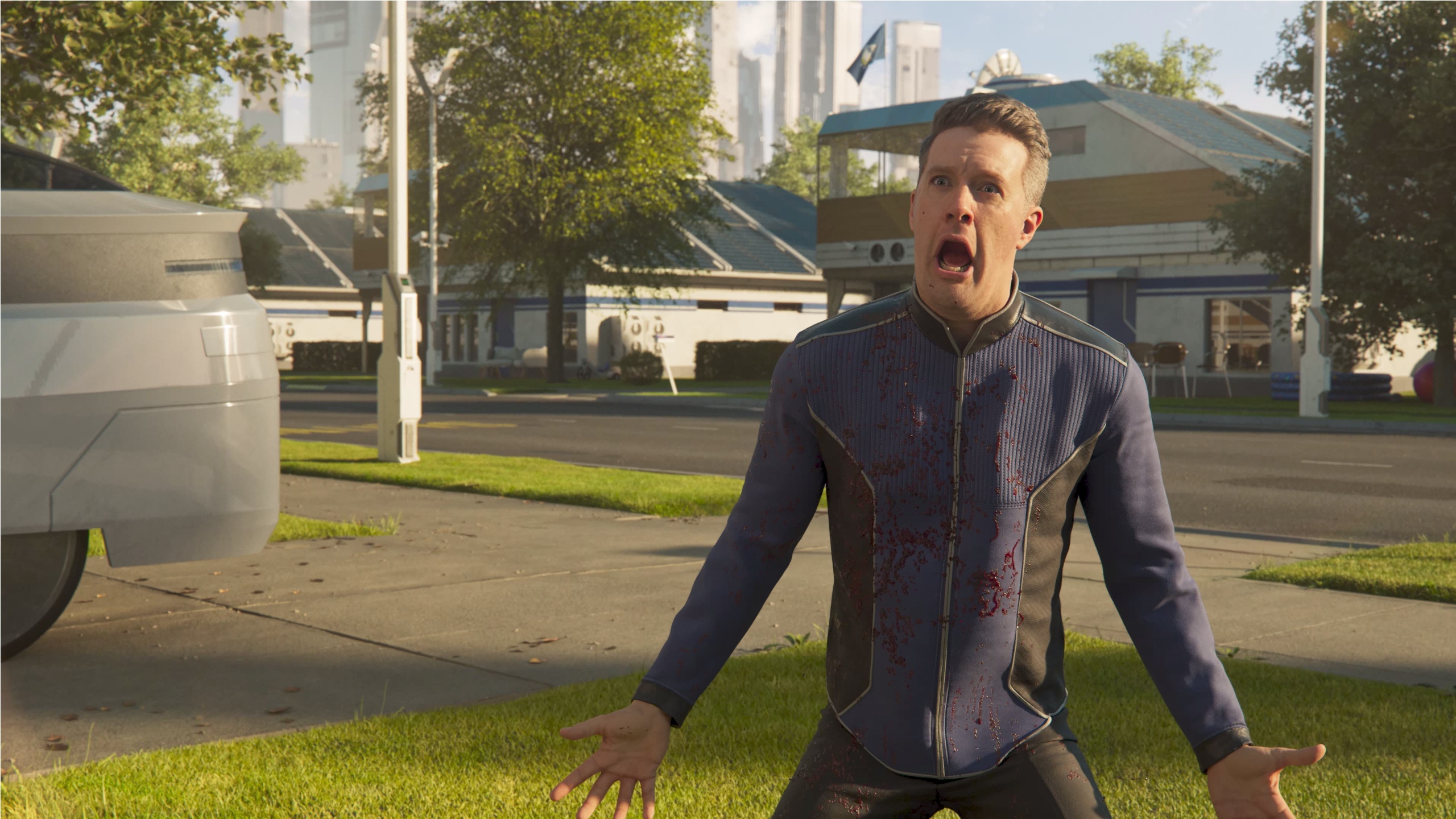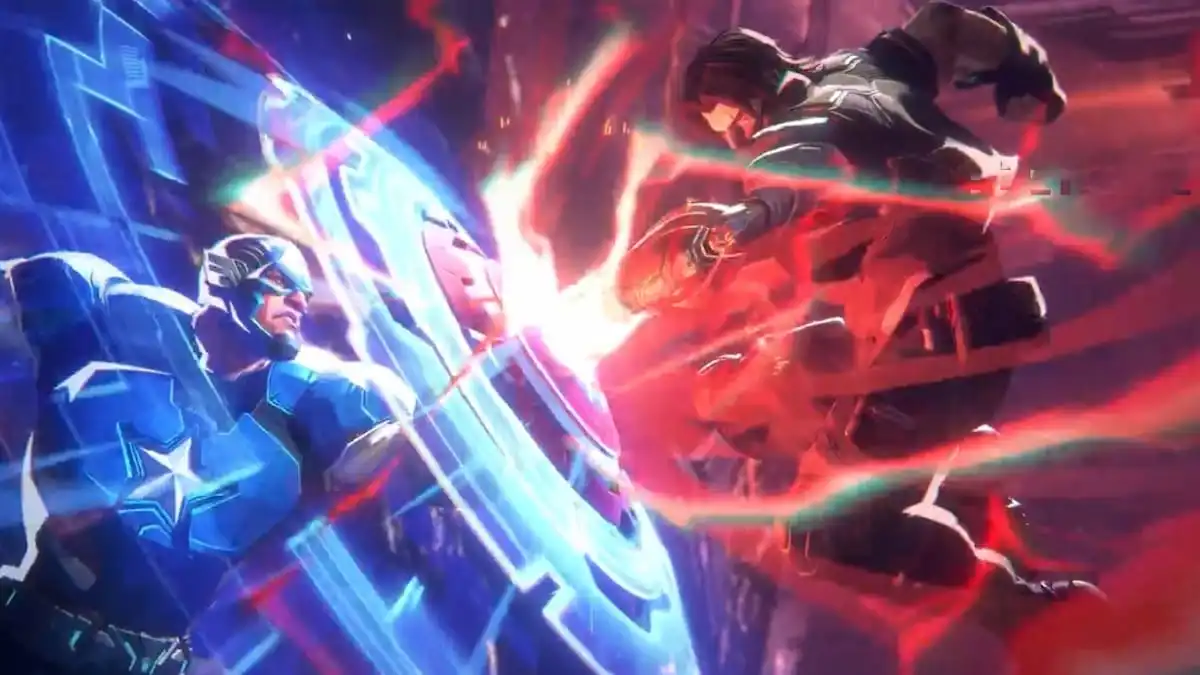
What kind of post-apocalyptic survivor gets themselves stuck in a closet, anyway?
Left 4 Dead was revolutionary for its time. Dynamic enemy generation that made every run feel just that bit different, hordes of zombies that flowed from one place to another like a murderous river—it ruled. But I always had a problem with its formula: dying always sucked.
It’s a genre staple in these games that death is to be avoided at all costs, carrying on into Fatshark’s take on the formula in Vermintide and Darktide. One moment you’re ripping and tearing, the next you’re relegated to watching your team amble about while you wait for the director to plonk you in a closet or an enemy encampment somewhere.
That’s not to say it’s inherently bad. Death in these games has weight, and the slow war of attrition that happens as a result is interesting. But it is slow. Even the process of actually dying can take a while, watching as a hunter slowly rips through your mammoth health bar over the course of a full minute. It’s a frustrating and drawn-out process.
Helldivers 2 fixes this—and if you’ve not yet been debriefed, let me introduce you to the reinforcement system. Each team has a limited number of reinforcements, which act as a sort of shared health bar. Run out of them, and you’ll have to wait for a cooldown to tick over before another’s available—and if the lone survivor dies, that’s a mission failure. The number is typically generous, and bringing your mates back takes a few seconds at most.
This keeps the war of attrition feeling alive and well, but directs the cost elsewhere. It’s still tense when you’re about to run out, but before then? Dying’s not really a big deal. It’s to be avoided, sure, but it’s gonna happen. Managed democracy requires sacrifice.
This lets you play the kind of silly, aggressive plays that make this genre shine—going full-tilt rambo or clipping your mates with airstrikes—all without consigning anybody to a minutes-long wait just to get back in the action. Under this system, incidents of friendly fire are a hoot rather than a hindrance.
For example: I was playing with some of the PC Gamer team yesterday, and the ‘Guard Dog’ Rover stratagem (a backpack that deploys a drone wielding a laser rifle) kept clipping us. Our response wasn’t to stop using it, but to double down and bring more for the next deployment—because it’s pure slapstick to wade into a warzone with a workplace hazard strapped to your back, causing chaos like an overexcited puppy on Christmas Day.
Reinforcements allow Helldivers 2 to be lethal at all difficulties, far more so than other entries in the genre. There are plenty of ways to die that are—and I say this lovingly—complete bullcrap. A grenade can bounce off a wall and gib you. A stalker can come out of nowhere and rip you in half. A band of automatons can drop onto your head. You can stumble into a mine and go flying, or get one-shotted by a rocket before “ow” can make it out of your mouth.
(Image credit: Arrowhead Game Studios)
This puts the ‘horde’ back in horde shooter. Sure, on higher difficulty levels in Left 4 Dead and Vermintide, being surrounded is a death sentence. But for the bulk of players, culling waves of bad guys grows routine. In Helldivers 2, though? Your enemies are dangerous on almost every difficulty—they just come in various degrees of manageability.
The more I think about it, the more Helldivers 2’s reinforcement system feels like the bones of the game’s core loop. Mechanics that would annoy the snot out of me become exciting encounters that make me feel like an ant scurrying around a boot.
The game gets to oscillate between ‘I hold the power of the sun in my hand’ and ‘I just got clipped by my own Eagle Airstrike for the third time’ as much as it likes, enabling barely-controlled chaos from the moment you deploy. I don’t think I’ve ever had so much fun being so vulnerable.






